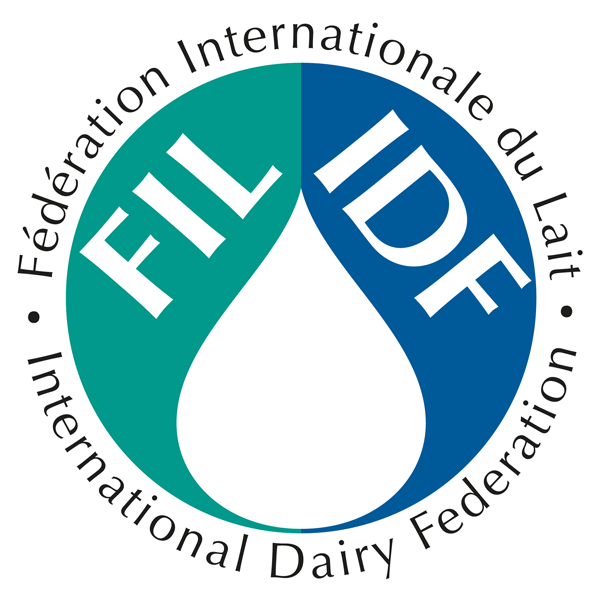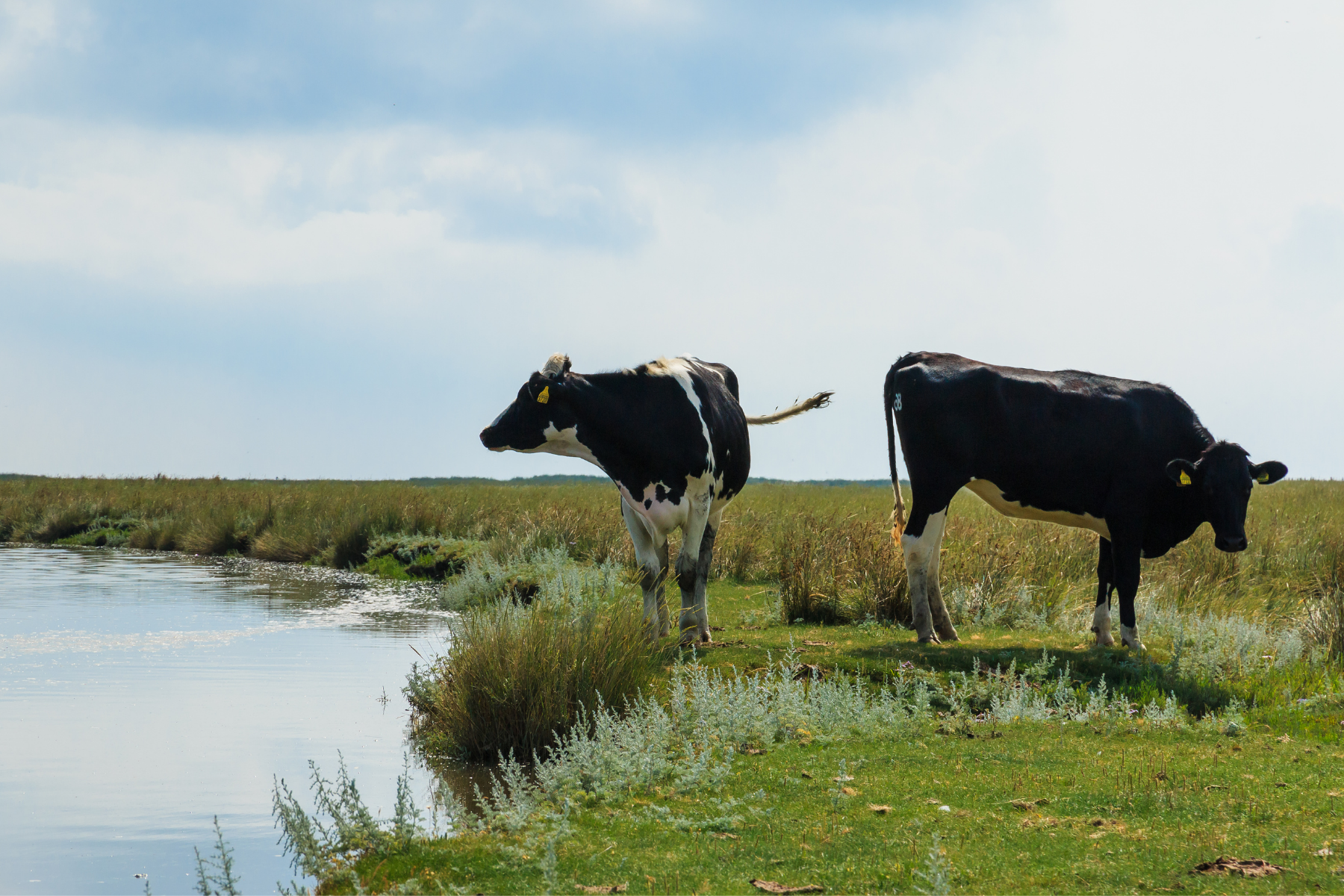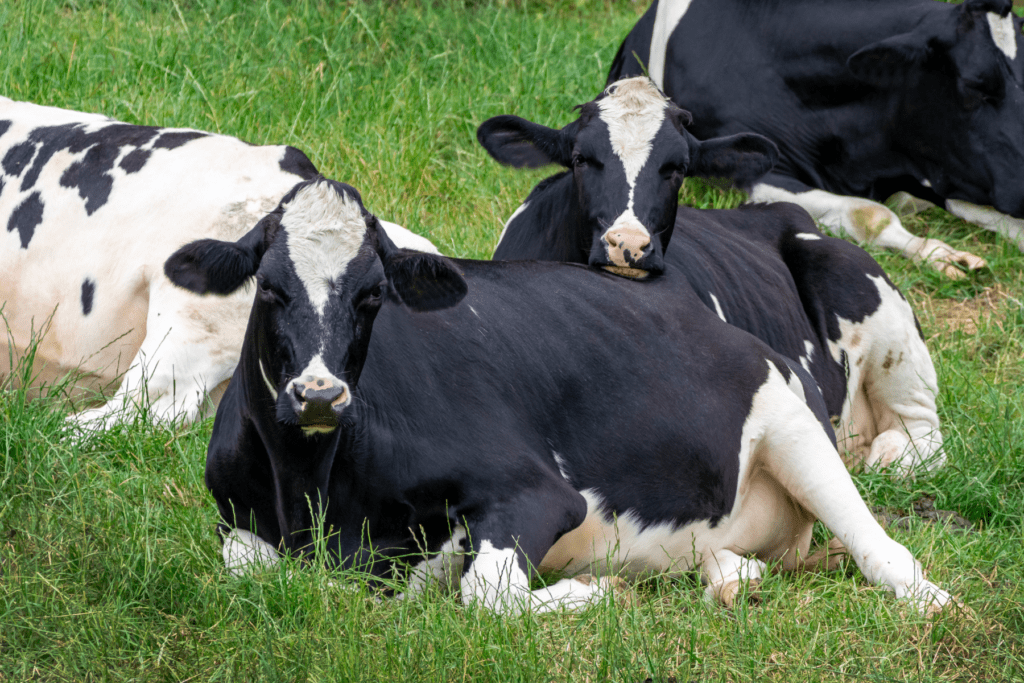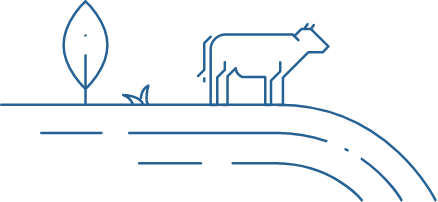In June 2020, the IDF organized two webinars aimed at providing scientists within the dairy sector an overview of the incorporation of the FAO Livestock Environmental Assessment and Performance guidelines into the Global Livestock Environmental Assessment model (GLEAM). The aim of GLEAM is to quantify production and use of natural resources in the livestock sector and to identify environmental impacts of livestock in order to contribute to the assessment of adaptation and mitigation scenarios to move towards a more sustainable livestock sector.
The sessions, presented by Dr Dondini and Dr Wisser (water foot printing and soil carbon stock changes – available on the IDF intranet) included information on the general principles of the guidelines on water foot printing and carbon stock soil changes, along with questions and answers from the audience. They invited IDF to submit case studies for modelling and calculation with real data. These case studies will be very useful to build a strong model as well as allow IDF to test the models before they are released and provide feedback on the outcome. Participants can be individual companies, farms, or data at national level. The following data is needed:
Soil carbon stock changes:
– soil carbon content at 30cm soil depth ( t C /ha or %C)
– soil clay content (%)
– applied manure (amount and quantity)
– aboveground biomass
– number of dairy cows
– farm history (optional)
– farm location (LAT/LONG)
– grazing intensity (optional)
Water foot printing: Dairy farm case studies to demonstrate the different types of water use and productivity.
– Annual water use (metered, if possible) for drinking water,
– Annual water use (metered, if possible) for service water (cleaning etc.),
– All feed items (kg per year), and other inputs required,
– All outputs (milk, meat) per year,
– Number of dairy cows and if possible, some information on the different cohorts.
If you are interested in participating, please contact [email protected] by 31st August.










